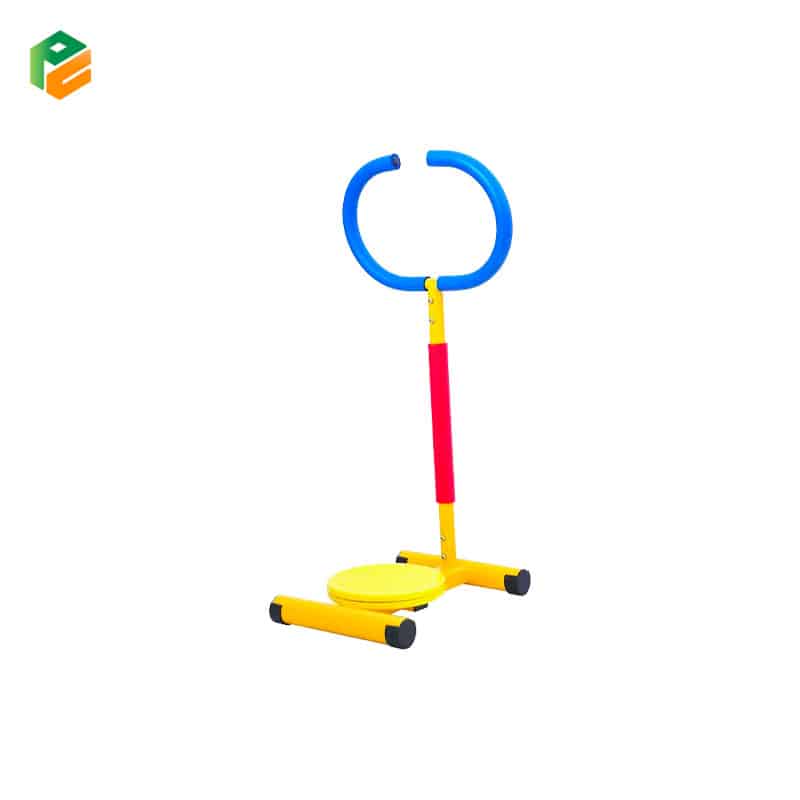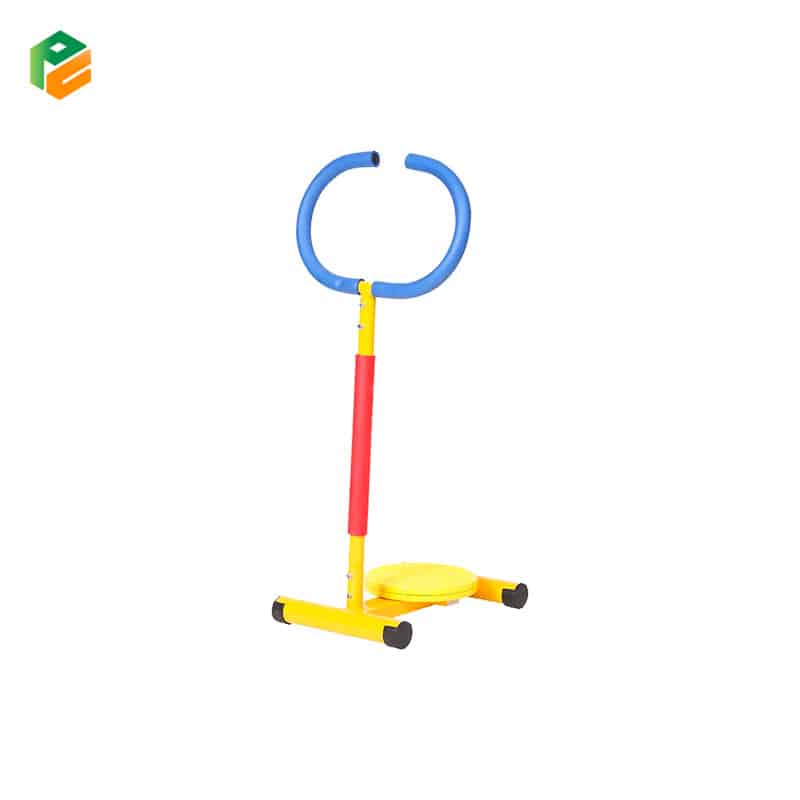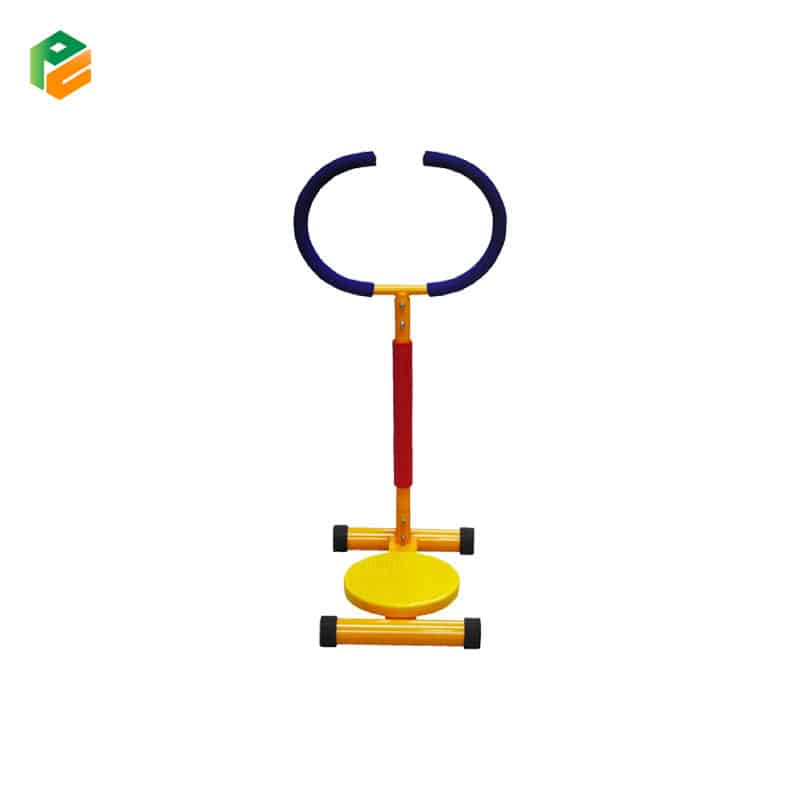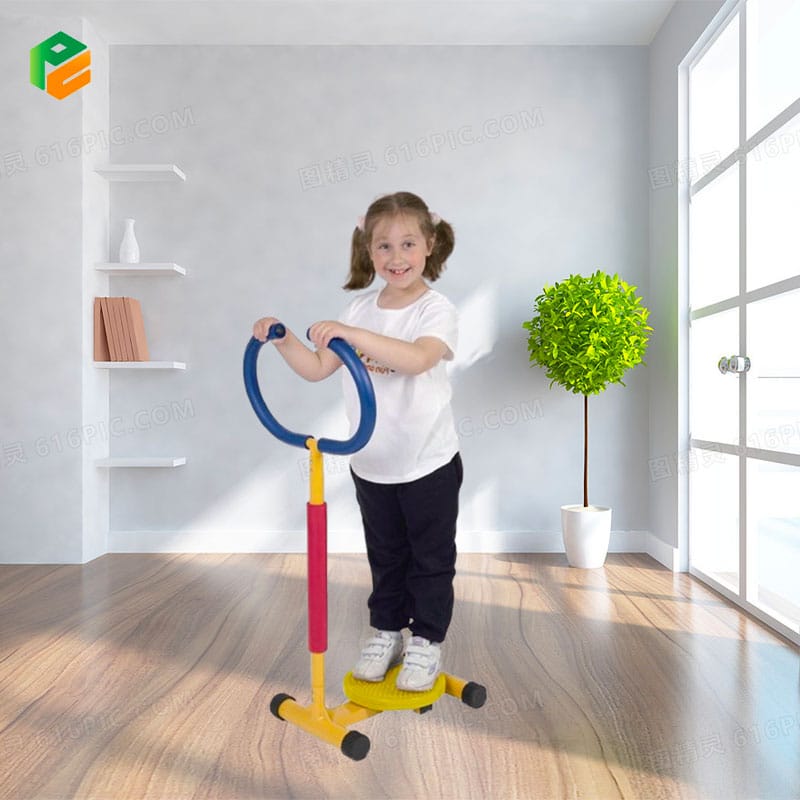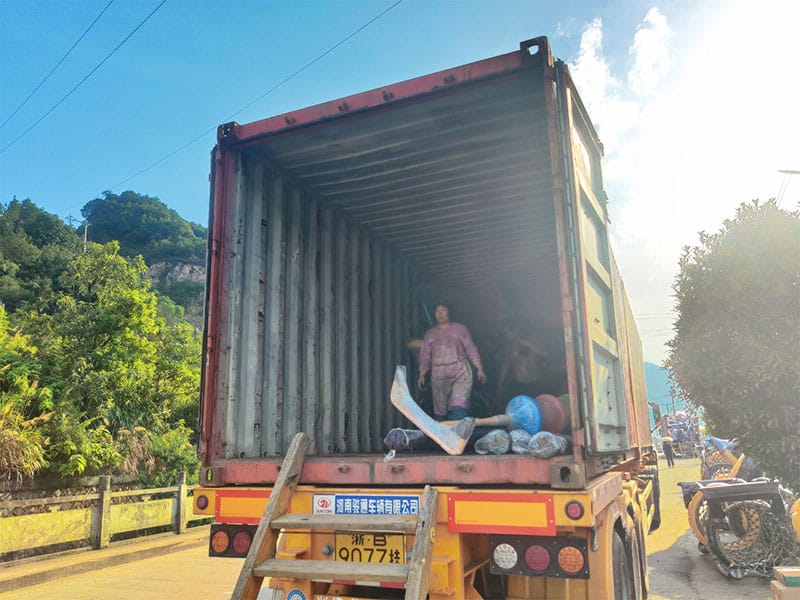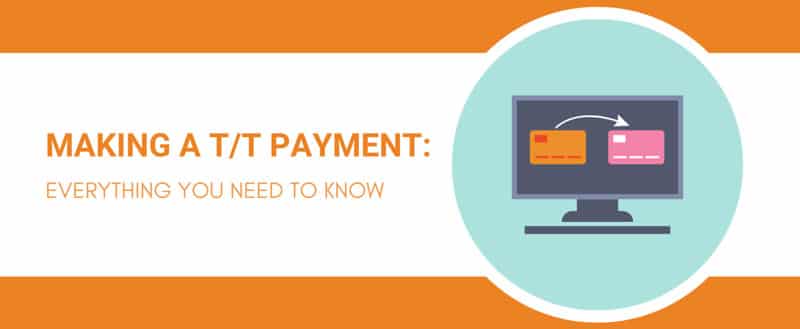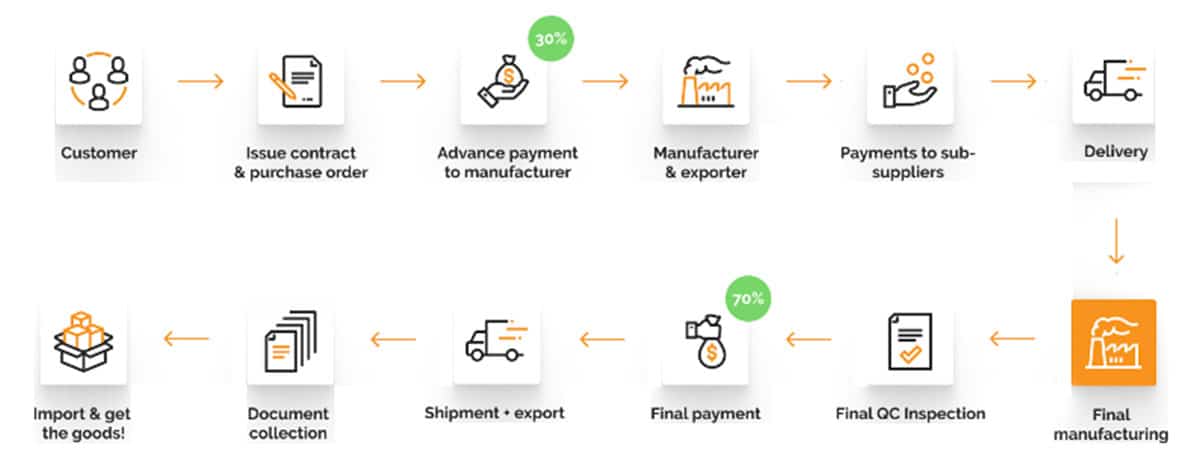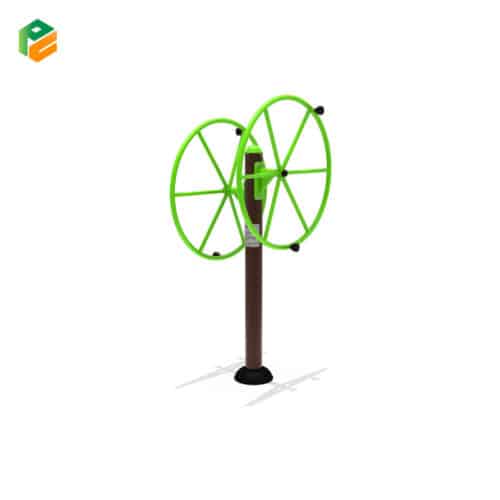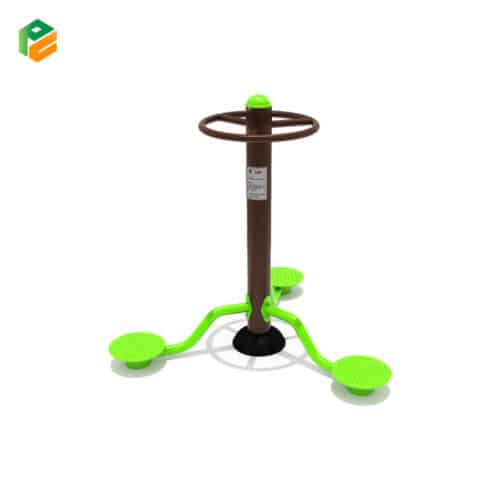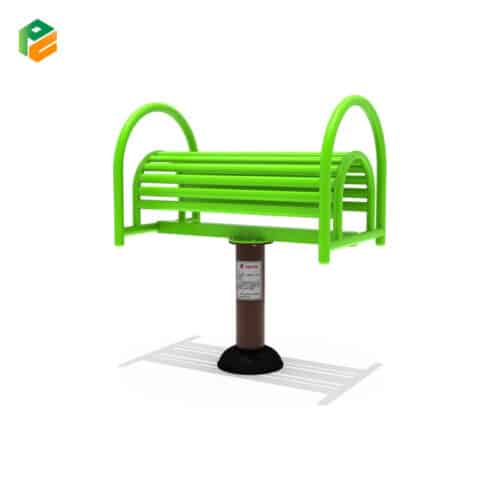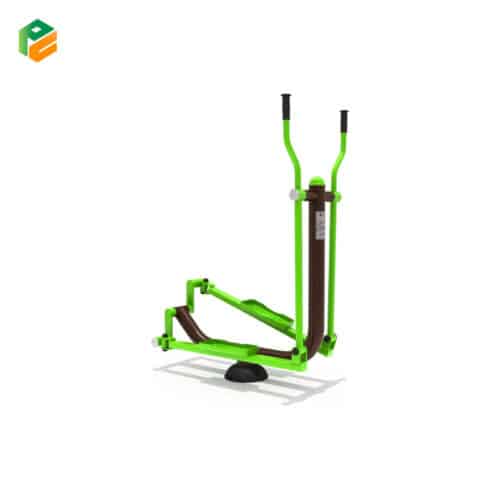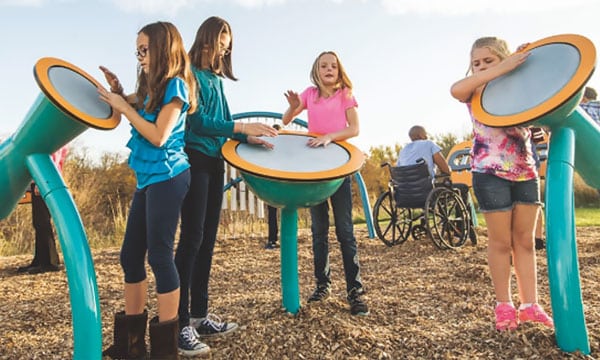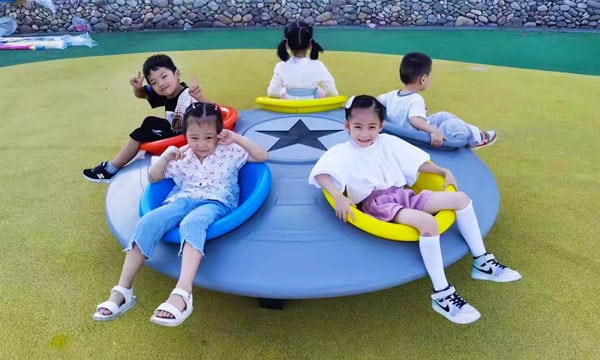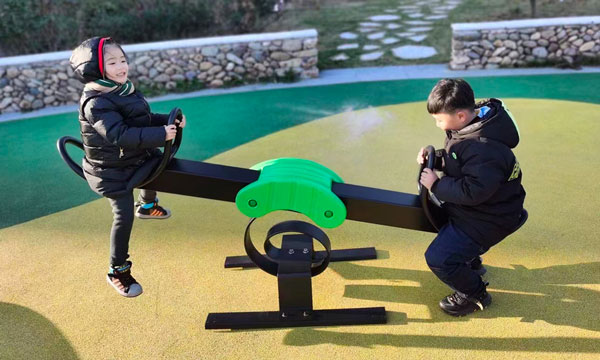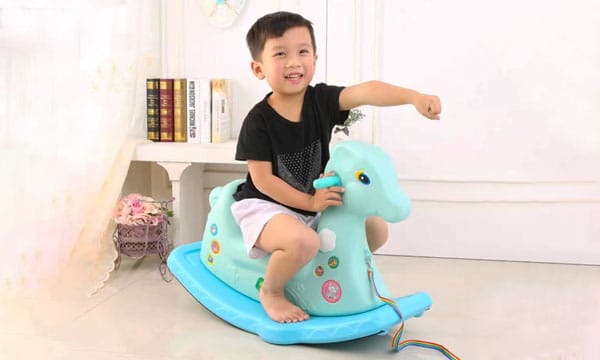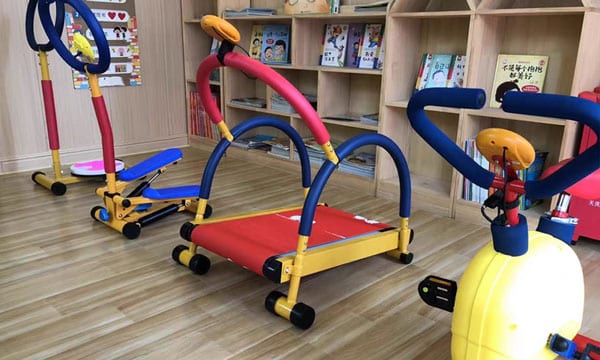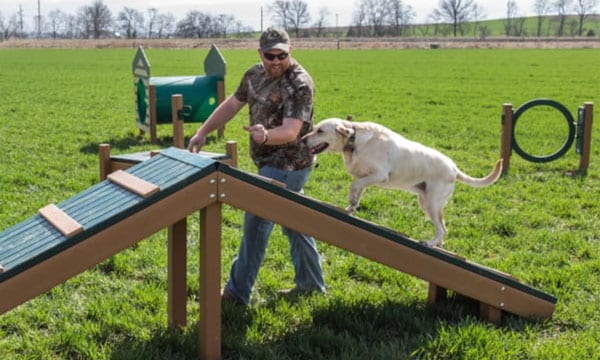Shipping Term
There are 3 major shipping ways to transport the goods to clients: By express, by air and by sea. For playground equipment, some of the commonly used shipping terms by sea include:
1. FOB (Free On Board): The seller is responsible for getting the playground equipment to the port of shipment and loading it onto the vessel. The buyer then takes responsibility for the transportation, insurance, and other costs from the port of shipment to the final destination.
2. CIF (Cost, Insurance, and Freight): The seller is responsible for the cost of the playground equipment, insurance, and freight to transport the equipment to the port of destination. The buyer covers any costs beyond that point, including unloading and transportation to the final location.
3. EXW (Ex Works): The buyer is responsible for the entire shipping process, from picking up the playground equipment at the seller's location to arranging transportation, insurance, and delivery to the final destination.



